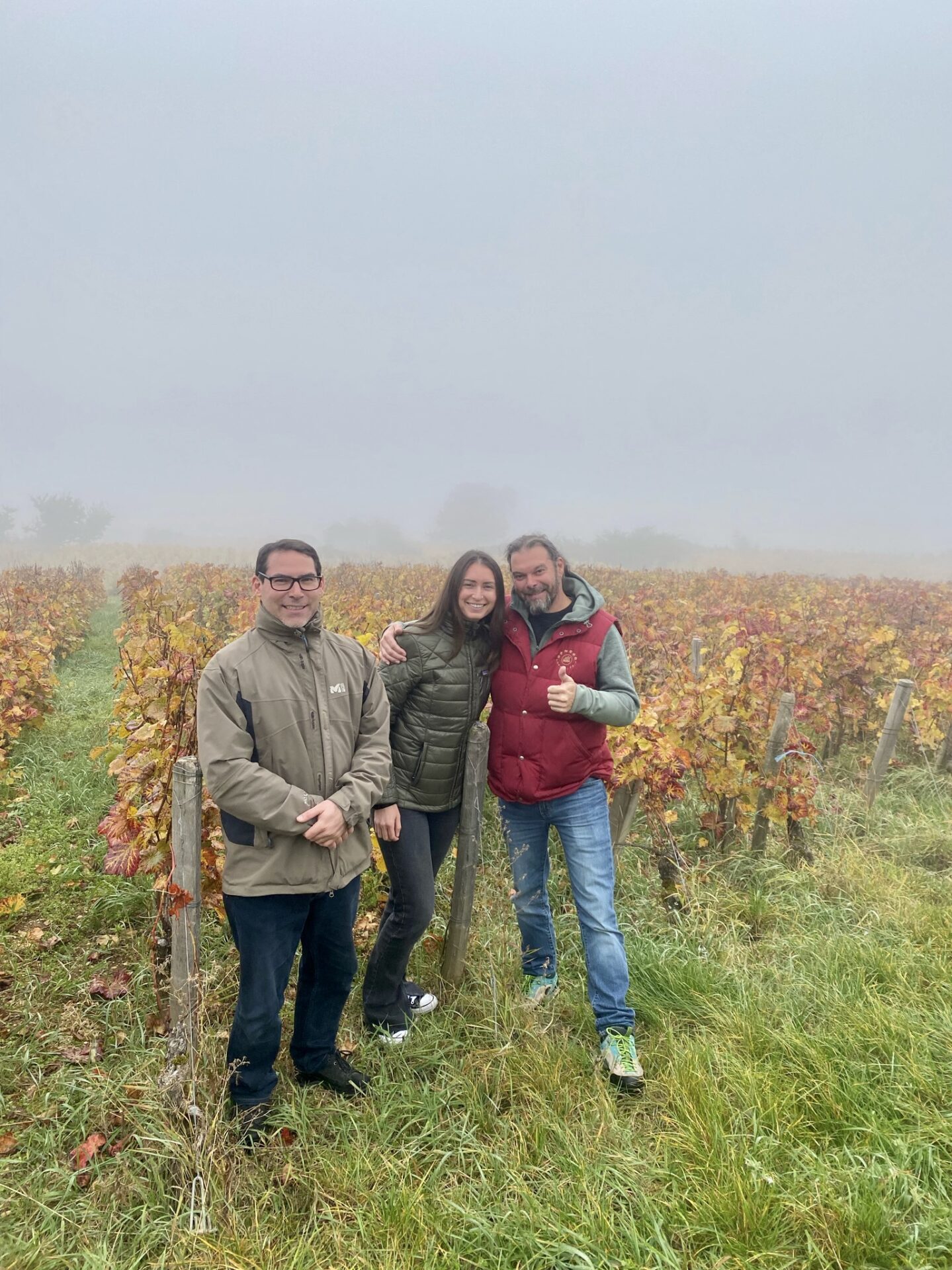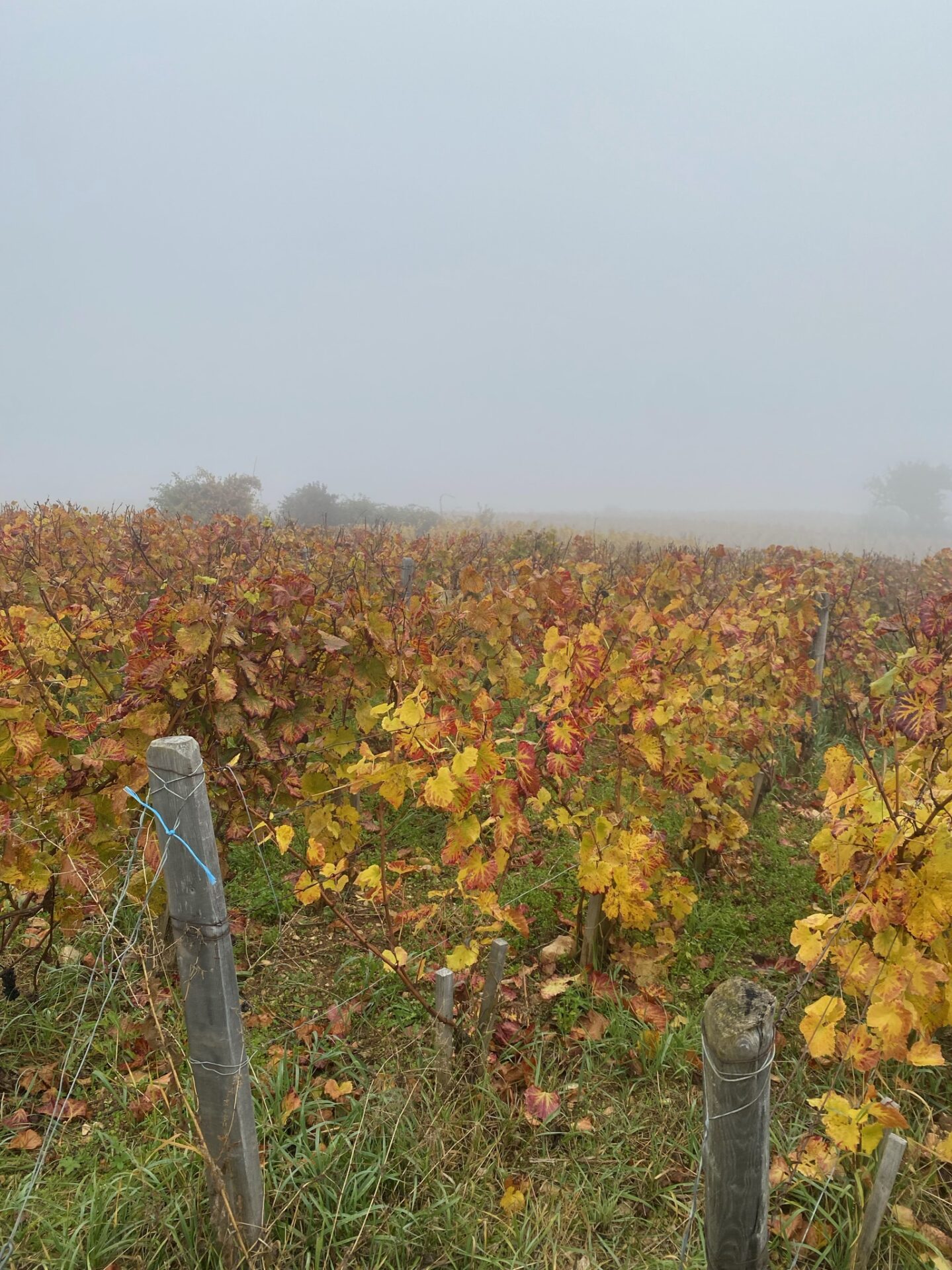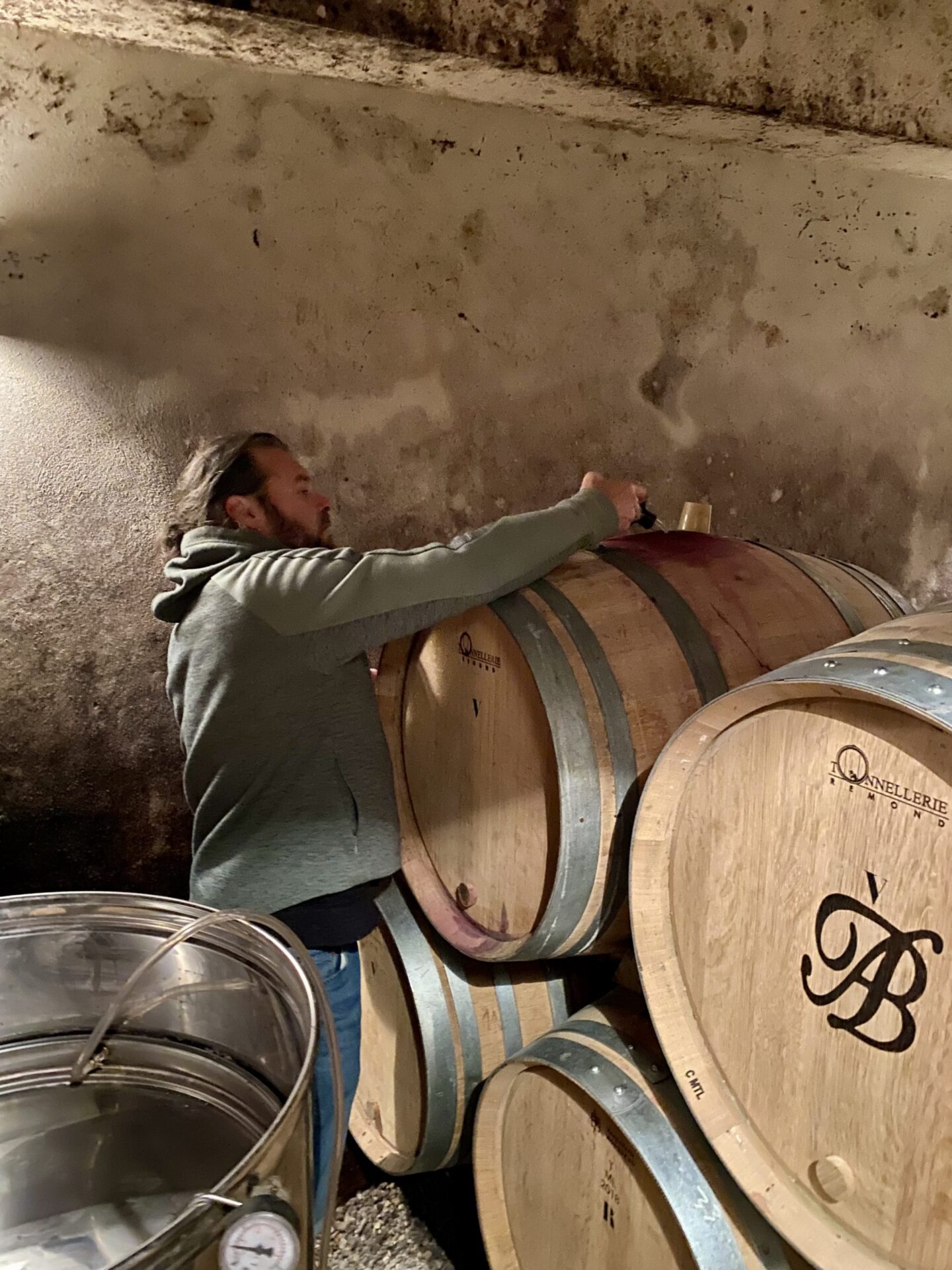2018 Domaine Alain Burguet Chambertin ‘Clos de Bèze’ Grand Cru
If you know, you know. ‘Clos de Bèze’ is the most prestigious and sought-after Grand Crus in Gevrey-Chambertin. For collectors, this wine is a great investment. It will only continue to appreciate in value as it ages over the next 10-20 years.
Practicing organic viticulture, hand-harvested, native yeast fermentation, unfined/unfiltered and only 100 cases produced.
- Tasting Notes tart red cherry, orange peel, violets, underbrush, baking spices
- Variety Pinot Noir
- Region France, Burgundy
- Volume 750mL
- Alcohol Volume 14%
- Table Talk Burguet is a Michelin star favorite. From Bells in Los Alamos to L'APPART in downtown Manhattan, his wines seem to grace the best of the best.
$600.00
Only 3 left in stock
“While enjoying the Burguet wines, I’m listening to Frank Sinatra radio on Spotify. Like the famous duo that was Quincy Jones & Frank Sinatra, the Burguet brothers work together in harmony with the vines that they harvest and let the terroir do the talking. The wines are classic, bold, and magnifique.” – Lexi Jones, Importer
Anchored in Gevrey-Chambertin, Domaine Burguet produces a full range of suave and enthralling Pinot Noir. Alain Burguet, the father of Jean-Luc and Eric, created the domaine in the 1970s. As a young man, he helped older vineyard owners tend to their vines, and as they gradually retired, he was able to purchase many small parcels across Gevrey, which formed the base of the domaine. With additional vines acquired through small purchases and inheritance over the years, today, Domaine Alain Burguet holds just over 10 hectares in total.
In the 1970s Alain Burguet was one of the first growers in the village to farm organically and to recognize the importance of plowing his vineyards and using cover crops in order to increase the biodiversity of the soil and generate healthier vines. Thanks to an inherited anti-authoritarian streak, they are not certified agriculture biologique (or AB, as the label is called in France). As Jean-Luc jokes, “We are already A.B. – as in, Alain Burguet!”
Jean-Luc and Eric Burguet officially took over the domaine in 2010, but have worked alongside Alain since 1999. The house style is a richer, voluptuous Pinot that starts with a later harvest date. The Burguets are frequently among the last to harvest, often 7-10 days after their neighbors. They credit Burgundy’s cool autumn nights and the organic health of their vines with their ability to maintain acidity in the wines. The grapes are sorted in the vineyard and then again on a sorting table in the winery. Everything is destemmed and fermented with natural yeasts, then aged for a lengthy 16-20 months in barrel before bottling.
In addition to the domaine holdings in Gevrey-Chambertin, the Burguet’s purchase grapes from friends to make a small range of wines from prestigious appellations such as Chambolle, Vosne, Vosne 1er Cru, and Chambertin-Clos de Beze. When describing their only Grand Cru Eric says, “the palate is velvety and round, and the tannins are crunchy and well-structured. The mouth is very long, complex, and harmonious. This is a vortex of aromas. The aromas of the barrels give this wine a rare elegance.” Who doesn’t enjoy a vortex of aromas?
The vineyard of Clos de Bèze lies just north of Chambertin. Unlike most Grand Cru vineyards, it lies on flat ground. Clos de Bèze’s soil is much shallower than Chambertin, so the vines cannot reach as deep into the limestone it lies on. As a result, this makes the Clos de Bèze wines lighter in style, more aromatic, delicate, and approachable than those of Chambertin.
BURGUNDY, FRANCE
Burgundy, AKA “Bourgogne,” is a small, historical region in east-central France that covers a wide area with ranging climates. The large number of producers and appellations within Burgundy can make the region seem complicated even to a seasoned wine pro, but fear not – the region need only be as complicated as you want it to be. At it’s essence, Burgundy can be quite simple. This is the home for Pinot Noir and Chardonnay, and these wines are second-to-none around the world with an influence that is huge in the world of vino. Burgundy winemakers were the pioneers for premium Chardonnay production and continue to provide a benchmark of excellence in viticulture and winemaking for all of their varieties. A vineyard’s location is extremely important here. The location will determine their quality level within the Burgundy appellation hierarchy. The highest-quality vineyards will generally have a south or east facing exposure providing the most access to sunlight and offering protection from westerly winds. These wines may be listed as premier cru or grand cru on the bottle label. Soils in Burgundy can vary depending on the area, but you’ll find many of them are rich in limestone. Pinot Noir is grown throughout the entire region and accounts for a third of the total vineyard area. Although a wide range of winemaking techniques are used varying by producer, a classic “Burgundian” Pinot Noir has red fruit flavors in youth that evolve into earth, game, and mushroom as the wine matures. These wines, as well as Chardonnay, can age for many years if stored properly. Other grape varieties include the red grape Gamay, famous to the Beaujolais region, and the white grape Aligoté. There are many smaller appellations within Burgundy, just like Bordeaux and other regions in France. These appellations include Chablis, the Côte d’Or, the Côte Chalonnaise, and Mâconnais. Each of these areas house many respected and highly-regarded villages and vineyards.
PINOT NOIR
This elusive and delicate light-bodied grape is a winegrowers dream, but can be difficult to achieve. Stubborn, yet flirtatious, Pinot Noir is tantalizing creating a beautiful dance between the grape and the winemaker. The resulting light red wine can be nothing short of spectacular. Loved for its red fruit and spicy characteristics, its also a great food partner. Look for notable regions including Burgundy, France, Central Coast or Sonoma in CA, Willamette Valley in Oregon, and Pfalz or Baden in Germany as well as many other regions around the world in New Zealand, Australia, Chile, and Argentina.









